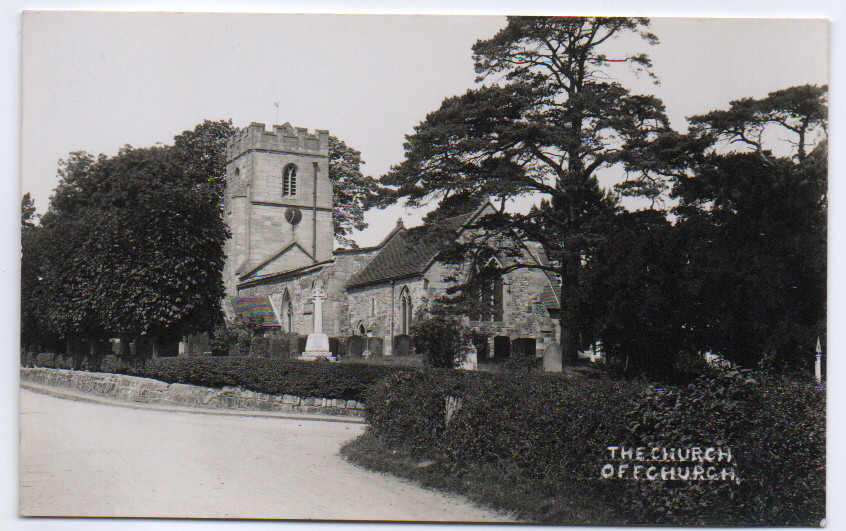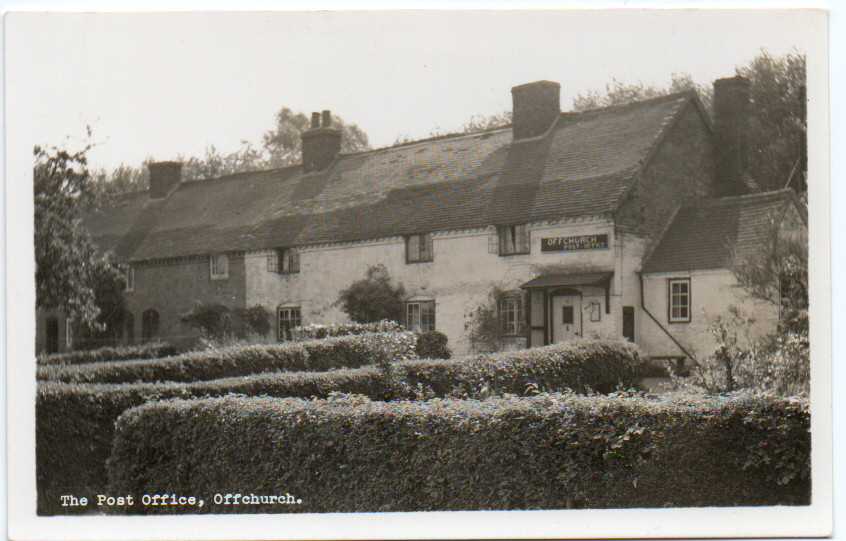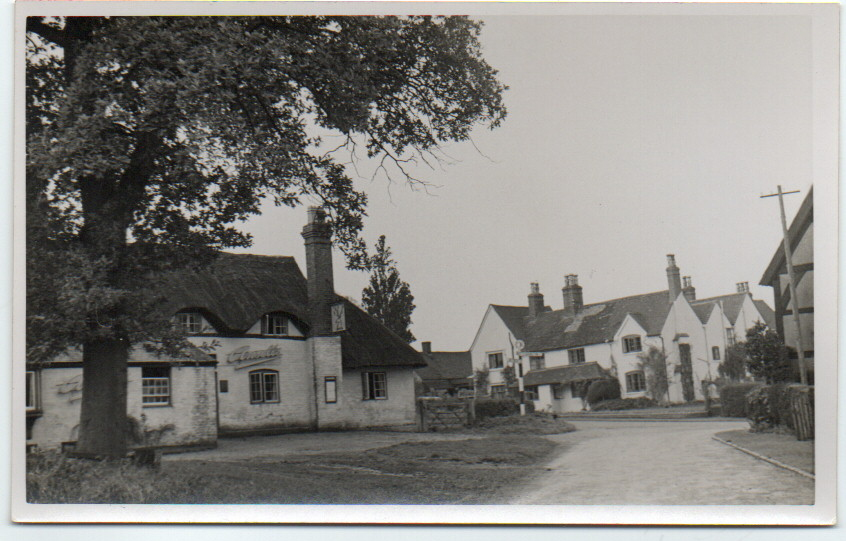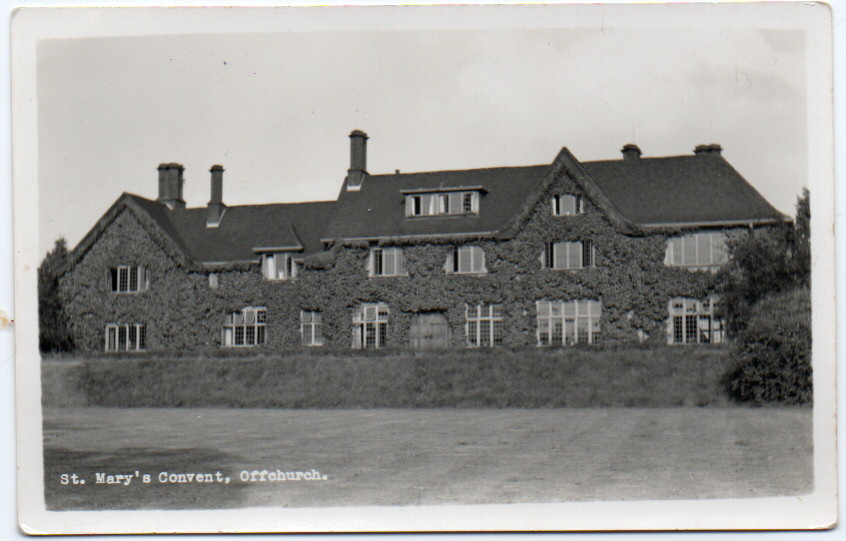

The History of Offchurch in Warwickshire
Saxon Origins and Royal Connections
Offchurch’s history begins with its distinctive Saxon origins, deeply rooted in the Anglo-Saxon Kingdom of Mercia. The village’s name itself suggests a profound royal connection – literally meaning “Offa’s Church” – linking it to King Offa of Mercia, who reigned from 757 to 796 AD. According to historical accounts by William Dugdale and William Camden, King Offa established a palace at what is now Offchurch Bury, with the term “bury” deriving from the Saxon word “burh,” meaning a fortified place.
The Saxon Chronicle specifically mentions that Offa founded a church at Offchurch to commemorate his son Fremund, “a man of great renown,” who was reportedly murdered between Long Itchington and Harbury and buried at his father’s palace. This royal foundation story is supported by archaeological evidence – in the 19th century, an Anglo-Saxon burial ground was uncovered south of the present church, revealing weapons and ornaments dated to around 650 AD, including shield bosses, spearheads, knives, crucifixion brooches, beads, and buckles.
The village’s strategic location at the intersection of two major ancient highways – the Fosse Way (running southwest to northeast) and the Welsh Road (crossing at right angles) – made it an ideal location for a Saxon royal residence and fortified settlement.
Medieval Period and Monastic Connections
Following the Norman Conquest, Offchurch’s ownership transferred from Saxon nobility to Norman religious institutions. During the time of Edward the Confessor, the church and village belonged to Leofric, the fifth Earl of Mercia, and his famous wife Lady Godiva. Leofric granted rights of possession to the Benedictine Priory of St Mary in Coventry around 1043.
The Norman period marked significant architectural development. Much of the present St Gregory’s Church was constructed between 1110 and 1120, incorporating Saxon elements while introducing Norman architectural features. The church remained in the possession of Coventry Priory from its foundation until the Dissolution of the Monasteries, with confirmation charters dating from Henry III in 1267 implying continuous monastic ownership.
The Knightley Era (1539-1919)
The dissolution of the monasteries under Henry VIII marked a crucial turning point in Offchurch’s history. In 1539, when Coventry Priory was dissolved, the estate was purchased by Sir Edmund Knightley, one of the King’s Commissioners. The Knightley family would maintain ownership of Offchurch Bury and its surrounding lands for nearly 380 years, making them one of the longest-running landed families in the area.
During this period, Offchurch Bury evolved from its medieval origins into a substantial post-medieval manor house. The surviving structures from Henry VIII’s time (1509-1547) retained many original roof timbers, with large stone mullioned and transomed windows characteristic of Tudor architecture. The house was expanded in the 17th century with additional north and east portions, creating a substantial country estate.
The Watson Era and Modern Development
The First World War brought dramatic change to Offchurch when the Knightley estate was sold. In the early 1920s, the property was purchased by Joseph Watson, a soap manufacturer from Leeds who was created 1st Baron Manton in 1922. Tragically, Watson died in March 1922, just two months after receiving his title, from a heart attack while hunting with the Warwickshire Foxhounds at Upper Quinton. He was buried at Offchurch in his hunting attire.
Watson’s brief ownership nonetheless left a lasting impact on the village. During the 1920s, his estate undertook significant development, constructing a series of cottages for estate workers including New Cottages, Bridge Cottages, Ford Cottages, and Ham Barn Cottages, all built to similar designs. These developments represented some of the first planned housing in the village and established architectural patterns that influenced later construction.
After Watson’s death, his widow resided at Offchurch Bury until her death in 1936. The manor was subsequently purchased by Harry Johnson, a textile manufacturer, and significant portions of the house were demolished in the 1950s, with the south and east wings being pulled down to create the present smaller residence.
Architectural Heritage
St Gregory’s Church stands as Offchurch’s most significant architectural treasure, representing nearly a millennium of continuous religious heritage. The church incorporates Saxon, Norman, medieval, and later elements in a complex architectural timeline. The nave dates from the early 12th century, though foundation problems led to the chancel arch collapsing and requiring 14th-century reconstruction, leaving it notably tilted.
The 15th-century tower, constructed of blue-grey Warwick stone, houses six bells (the two earliest dating from 1450) and features exterior walls marked by musket balls from Cromwellian troops during the Civil War. The church contains Saxon windows with serpent carvings, pieces of a Saxon stone coffin claimed by some to belong to Fremund, and a mixture of architectural periods reflecting the building’s long history.
Contemporary Offchurch
Today, Offchurch remains a small rural village with a population of 250 as recorded in the 2011 census. The village maintains its historic character while serving modern needs, with St Gregory’s Church continuing as an active place of worship within the Offchurch Group benefice, established in 2017. The churchyard has been designated as a wildlife sanctuary, balancing historical preservation with environmental conservation.
The village’s position just three miles east of Leamington Spa keeps it connected to modern amenities while preserving its rural character. The historical significance of its Saxon origins, medieval monastic connections, and architectural heritage make Offchurch one of Warwickshire’s most historically significant small villages, representing over 1,200 years of continuous settlement and religious heritage.


A Prehistoric and Roman Heritage Beneath Your Feet
Recent archaeological work in 2020 uncovered evidence of both Iron Age and Romano-British settlements just north of the village. Excavations revealed a small enclosed settlement of roundhouses dating from roughly 400–100 BC, underscoring Offchurch’s ancient roots long before the Saxons arrived.